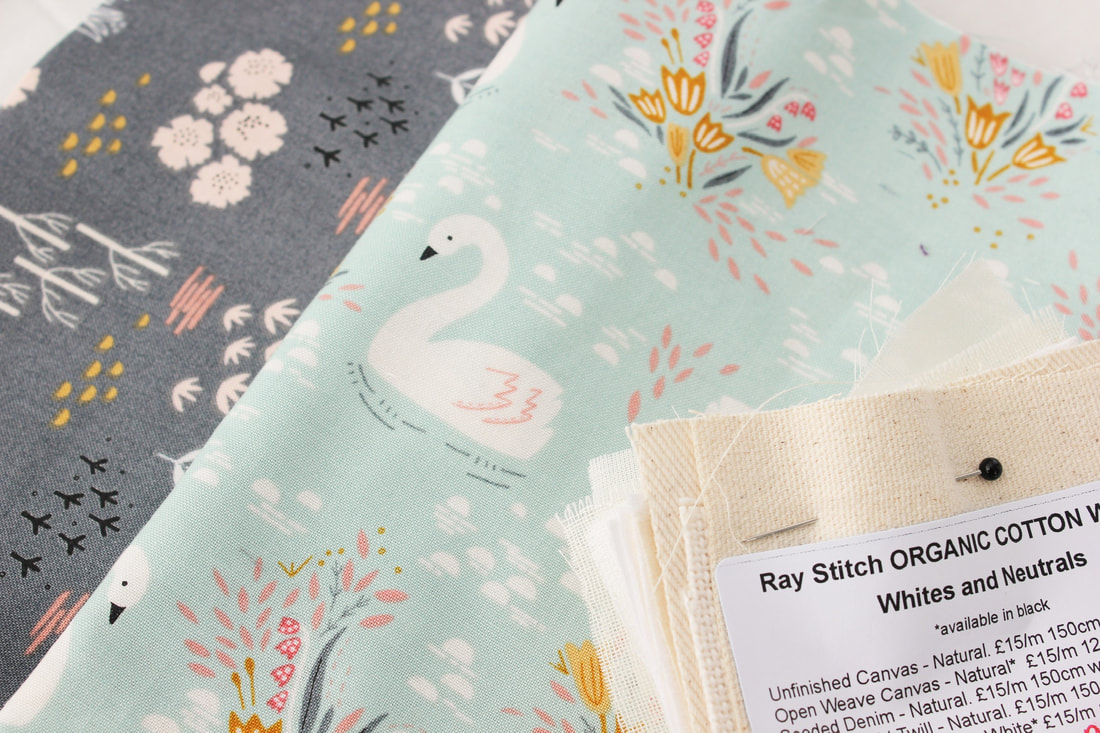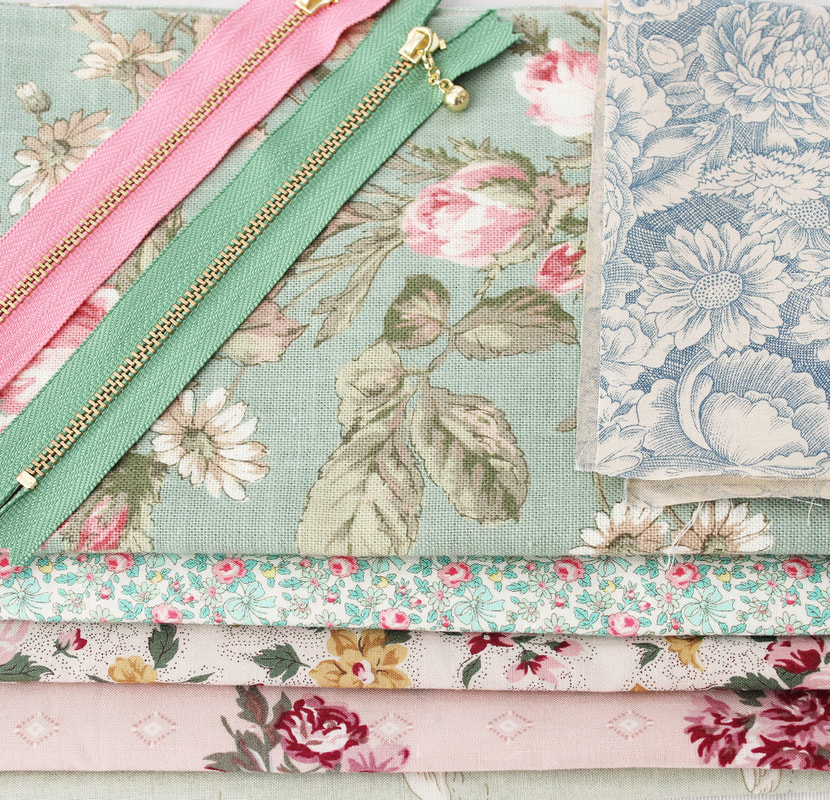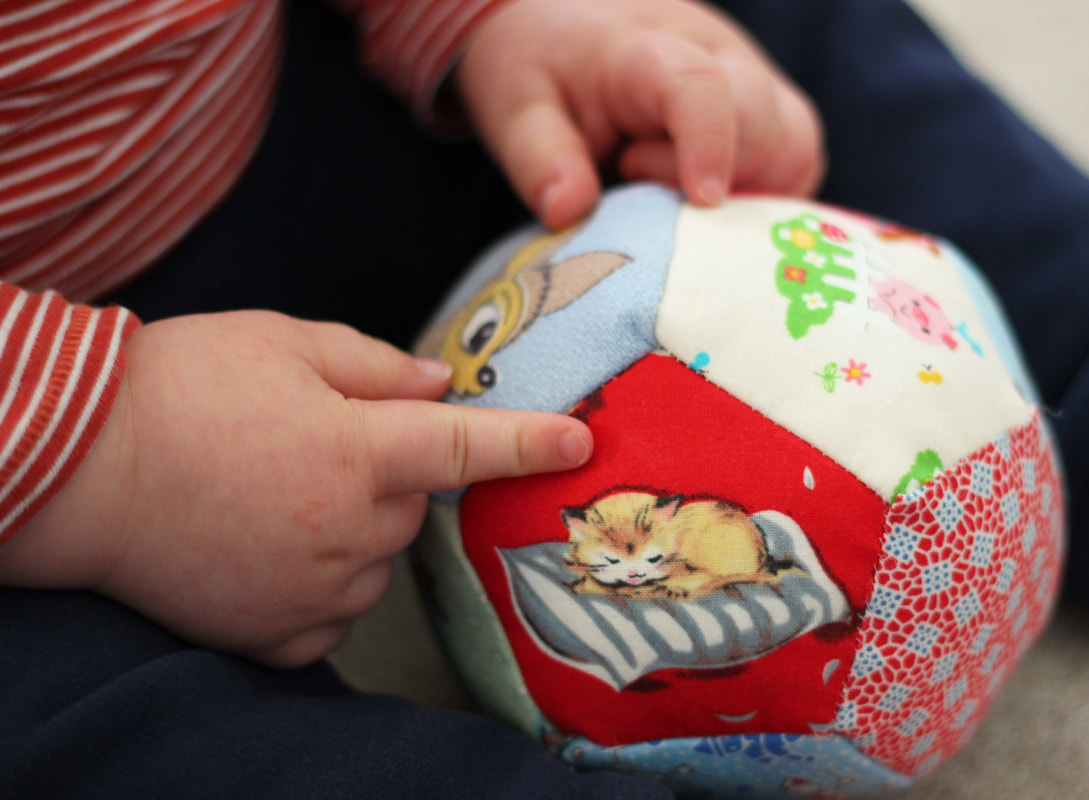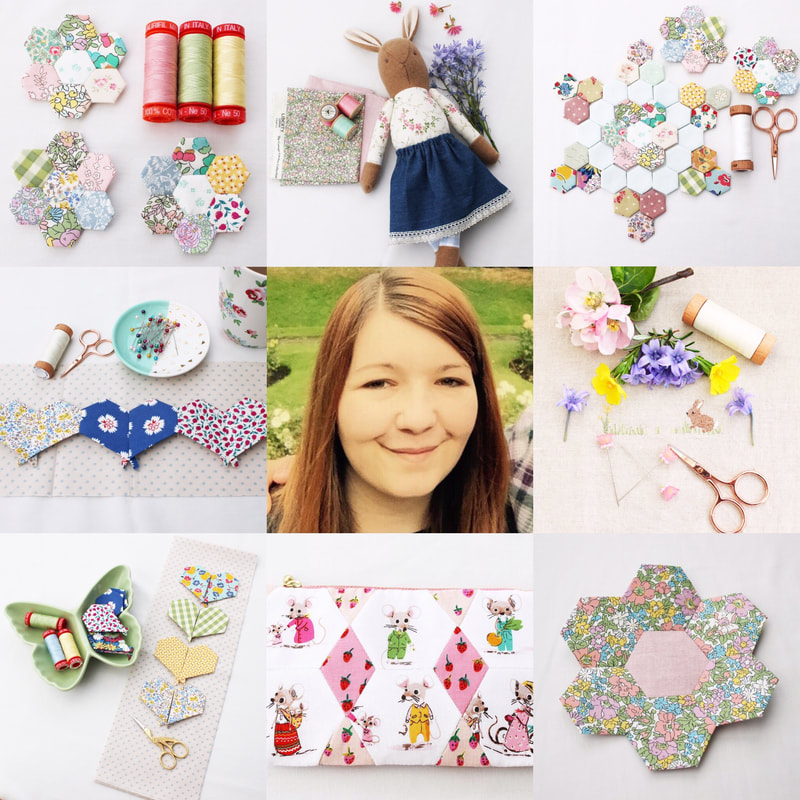|
A few weeks ago the BBC showed a Stacey Dooley documentary which investigated the fashion industry and exposed the catastrophic effect it is having on the environment and the world's supply of water. The programme left me feeling incredibly worried. I love our planet and I love sewing. I don't buy into fast fashion, which is one cause of the this environmental disaster, but I do buy fabric. I was horrified to discover the dyes used in the production of fabric were polluting rivers. The main type of fabric I buy is cotton and I was shocked to find out just how many gallons of water are used in its production. Unfortunately, the programme exposed just how difficult it is for consumers to find out the origin of their clothing and this left me wondering what to do. So after a long, hard think, which took me to the point of thinking I shouldn't sew anymore, I've come up with ten ways in which I, and you, can sew in a way that will have less impact on the planet. 1. Slow sewing I think it's really important to take your time over your sewing projects. Enjoy every stitch and be mindful about what you are creating. Not only will the end result be neater and of a better quality, but you will enjoy it more. Churning out dress after dress that you only wear once is no different to buying into fast fashion. So carefully plan your projects and take your time. 2. Create heirloom pieces to be cherished If you are making things from newly purchased fabric, ensure you create something that will be loved for years to come and maybe even passed down through the generations. This could be a quilt or a doll, or even a special piece of embroidery. Try to stitch your initials and the date it was made somewhere on the item so that in the future it can be traced back to you. 3. Gift sewing
If you have a collection of fabric at home already, why not think about using it to make some gifts at Christmas or for birthdays? Handmade items are more likely to be loved and treasured than mass produced items therefore not ending up in landfill. Plus you will be using what you already have rather than buying new things. 4. Mend worn clothing Rather than throw away something that has a rip or a stain on it, use your new sewing skills to fix the problem in order to get more wear out of the garment. You could embroider flowers over a stain or sew a patch over a rip. When an item of clothing really does come to the end of its life, don't throw it in the bin but put it in the fabric recycling bin or send it to a charity who will get the money for it to be sent off as rag. 5. Reuse old clothing as patterns or repurpose the fabric When I really love a garment but it is truly worn out, I love to open it up at the seams, lay each piece out flat and use them as pattern pieces to create new garments. This is great because you know the item will fit perfectly. If you didn't want to use your old clothes as a pattern, you can easily repurpose the fabric in other ways such as in a quilt or maybe by making doll's clothes or even children's clothing out of them. 6. Only buy fabric you love If you are going to buy new fabric, that's totally fine! We all love buying fabric, me included. But from now on, I'm only going to buy fabric I absolutely LOVE. Like isn't good enough, it has to be love. Also, it's helpful to have a clear plan in mind for what you will use the fabric for. I find that the fabric that is sitting in my stash years later, is the fabric I bought without a clear plan. Will I ever use it? Maybe not. So I'm not doing that anymore. 7. Fabric swaps with friends or online I recently took part in an online swap were people made Beatrix Potter themed items for one another. Some people didn't have any Beatrix Potter fabric to make things from and it was lovely how people did fabric swaps to get the fabric they wanted. If you have fabric you no longer want, put a shout out on Instagram to see if somebody wants to swap with you. You never know, you might end up with something you really want and a lovely new friend too! 8. Check the origin of the fabric There are some companies (although sadly not many) that are open about their ethical fabric production. Atelier Brunette is the first company that springs to mind. They are committed to ensuring their production treats employees fairly and they are continuing to develop ethical ways to produce fabric. I love that their motto is "Consume less, consume better". There are many certifications that fabrics can have and these tell you about how it was produced. Ecocert is one of them and Oeko Tex is another. Check out those websites to find out more. 9. Be creative with fabric scraps Trying to waste as little as possible of your precious fabric is always a good thing, so think of ways to use your scraps. Perhaps you could make a scrappy quilt using mini hexagons scraps from every project you've ever made? Not only would this be a great way to use up scraps but it would also be a nice way to remember your projects. Maybe you could use tiny scraps as part of your toy or cushion filling? Tiny scraps are also perfect for doll clothing or the insides of toy's ears. 10. Buy organic fabric If you are buying new fabric, there are some organic brands which are great because you know they've been produced without harmful chemicals. Check out Birch Fabrics and Cloud 9 fabrics. I hope you've found these tips helpful and that it has given you some inspiration. Stay tuned to the Rose Petal Patterns Instagram page as I'm planning some mini tutorials based on some of these ideas and you'll be able to see them over there. If you have any other ideas and tips for sustainable sewing, leave them in the comments below. Happy sewing.
0 Comments
Leave a Reply. |
Follow me on InstagramAbout the Author
My name is Emma and I love all things sewing, especially EPP. My little blog is the place where I document what I'm making. I hope you enjoy reading what I'm up to! All opinions are my own and I only share things that I think you will love. Thank you for taking the time to stop by. Archives
September 2023
Categories
All
|




 RSS Feed
RSS Feed